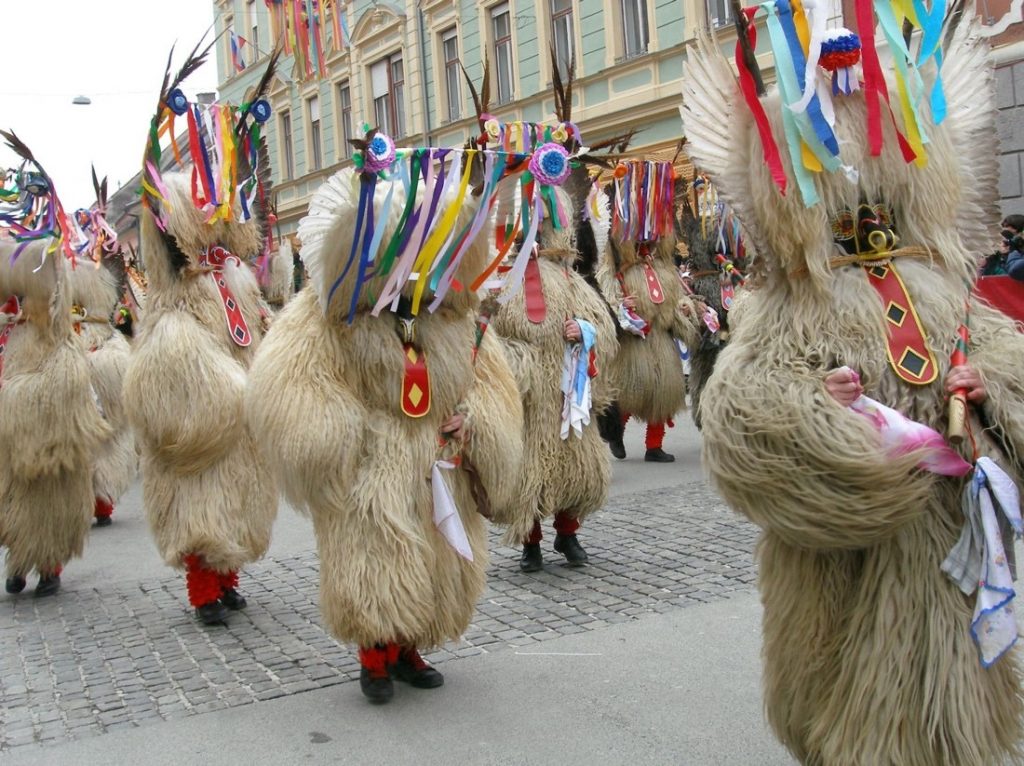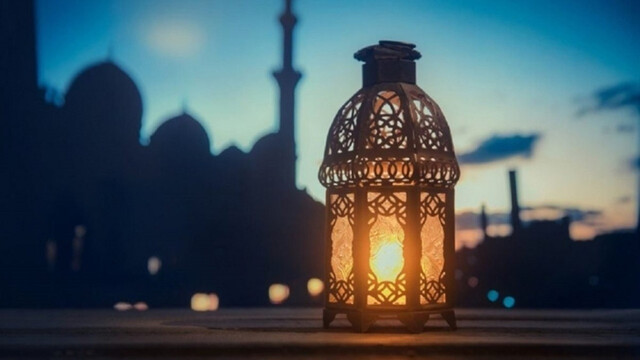6 unknown winter traditions from all over Europe
Europe in winter is a testament to the enduring charm of its diverse cultures. In this article, we delve into six enchanting European winter traditions that capture the heart and soul of the continent during this magical time. From ancient ceremonies to modern-day festivities, these customs offer a glimpse into the unique ways countries celebrate the season, reflecting centuries of history.
Mary Lwyd, Wales / Christmas

Mary Lwyd is a Welsh tradition that is still celebrated in some small villages. The tradition involves men holding on a stick a horse skull draped in flowers and ribbons. The horse enters the house on Christmas day and sings carols. The tradition originates in the Celtic mythology, where the white horse was considered to be a magical animal that was able to pass to the underworld. In the Christian context of Christmas day, the horse is supposedly a representation of the foal that protected baby Jesus in the stable where he was born.
Els Enfarinats, Ibi, Alicante, Spain / 28 of December

Els Enfarinats is a 200-years-old tradition celebrated on the Day of the Innocents, commemorating the story of King Herod’s massacre of young infants following the birth of Jesus-Christ. In the local language, Catalan, Els Enfarinats, means ‘’ The floured ones’’. The name refers to the battle that takes place in the town that day, where participants pelt each other with flour, eggs and firecrackers in a fake battle between two teams: the revolutionaries and the ones that want to keep the order.
Kandil, Balkans / Movable – 11 of January 2024

In Turkey and in Muslim communities around the Balkans, there are 5 nights that are considered sacred throughout the year. These 5 nights are known as the Kandils. One of these Kandils that usually takes place in winter, is known as Regaip kandili. Regaip kandili commemorates the conception of Prophet Muhamad. On Regaip kandili mosques are illuminated only with candles. This tradition dates back to the rule of Selim II who ruled over the Ottoman Empire. On this day, he would address his subjects thanks to messages that were engraved on the candles that were visible on the top of the mosques throughout the entire empire. This tradition continues today in the Balkan region where it is traditional for families to light beautifully engraved candles in the family’s house.
Kurentovanje, Slovenia / Carnival

Kurntovanje is a Slovenian festival that celebrates the arrival of spring. The joyful event is known for its Kurents, tall, furred and feathered monster with long red tongues and scary horns. Their role? Scare away winter and welcome spring! It is one of the last active relics of ancient Slavic traditions, which were adapted into the Christian calendar, linking pagan spring rituals with Lent. The Slavs are the biggest ethnic group that lives in Eastern Europe. In Slovenia, they represent nearly the entire population.
Mishloach Manot, Jewish festival / Movable – 23 March 2024

Mischloach Manot are traditional gifts that are given by European Jews to their loved ones on Purim day. They usually consist of hamantaschen, a triangle shaped pastry and other sweets in a wrapped and decorated basket. Purim is a Jewish festival that celebrates the survival of the Jewish community throughout history. It commemorates the story of Esther, a Jewish Biblical figure, who foiled the plan of King Ahashverosh to exterminate all the Jews of Persia.
Martenista, Bulgaria / End of winter
Martenista is a red and white bracelet usually made of wool that Bulgarians wear during the end of winter to celebrate the arrival of spring. When they see a stork, they cut out their bracelet as a symbol of good luck. The red and white colours represent the stork bird.
Julien Tonon / S6FRD / EEB1 Uccle




